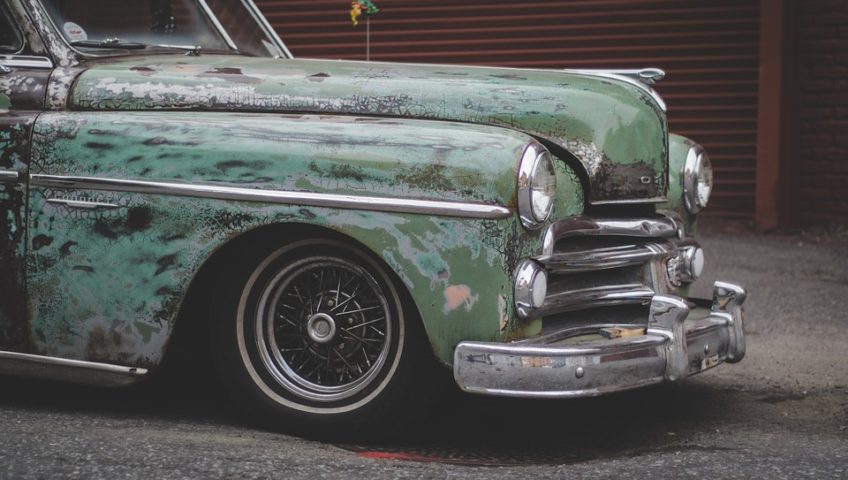
The Great American Garage
Ever since its invention, Americans have loved the automobile. It has changed the way we live and the way we shape our environment. It has been redesigned countless times, each model an improvement over the last. Much like the modern automobile compared to its 100-year-old ancestor, the garage has also evolved and improved. From old carriage houses to our state-of-the-art metal structures – garages have undergone more change over the past century than any other type of building.
Created by Necessity
As soon as the middle class was able to afford one, the widespread acceptance of the automobile presented a host of problems. The need for better roads, services, and fueling stations was felt across the country. Many vehicle owners also found that they didn’t have a safe place to store their car. As a result, this started the gradual evolution from the horse barn into the garage as we know it.
The “carriage house”, as it was once known, was in reality a glorified horse barn popular in the Victorian era. During that time, it was common for architects to mimic the design of the main house with similar spindle-work or shingles. The garage had a period of experimentation during its early days. Many people disagreed on how it should look and the materials it should be made from. Some argued that a garage is used strictly for business and that the utilitarian side should highlighted. Others preferred “decorative utility” like the Victorian architects.
One early solution was the “portable” garage. These small, partially prefabricated wood or metal structures were available for $140 and could be put up in one or two days. These structures were cheap and flimsy, but remained popular throughout the first part of the 20th Century. Eventually, more substantial prefabricated garages were introduced. Most of the companies that produced modular and prefabricated homes also carried garages. Sears, Roebuck was among the most successful in this market and sold mail-order garage kits during the first quarter of the century.
Early Garage Amenities
Most suburban garages were similarly functional in appearance, with enough room to fit one car and not much else. An additional bay was simply added to the structure’s plans if there was a need to accommodate more than one car. Due to fears stemming from vehicle-related fires, many builders employed detached designs and paid a lot of attention to fireproof construction. Vitrified brick, cast concrete, and hollow tile were considered safe building materials. Floors were sometimes gravel, but most consisted of poured concrete. Often, the floor tilted slightly toward the front so the driver could push-start their car if need be.
Prior to local gas stations and repair shops, auto owners did much of their own servicing. As a result, early garages were often much better equipped than modern-day structures. They often had hoists, workbenches, repair pits, cabinets, lights, and washbasins. Many had their own furnaces for heat, and some even had a turn-table built into the floor so that the car could be turned around. Individual pumps and underground fuel tanks were also common before the emergence of gas stations.

By the 1920s, automobiles and garages had become commonplace. Many city alleyways, which had once been used as secondary-roads for horse-drawn carriages and trash, were lined with small garages. Individual freestanding garages with driveways to the street were normal in many suburbs. The suburbs themselves were a catalyst for the garage – as people started to move farther from the city, the need for automobiles increased. Garages grew in size to accommodate larger vehicles and their aesthetic design was often identical to that of the home. After the incendiary fears associated with the automobile began to fade, the garage was eventually integrated to become a part of the house itself.
Solutions for the Future
In the modern world, our steel buildings and garages are the top of the line when it comes to quality and customization. Let us at Elephant Structures assist you in finding what is best for your future. Our custom design software and engineers can guide you through the process and provide you with the best options available. The strength of our products and services is unsurpassed by our competitors. Buying from Elephant will ensure that any investment in your business or home will be appreciated for years to come.



